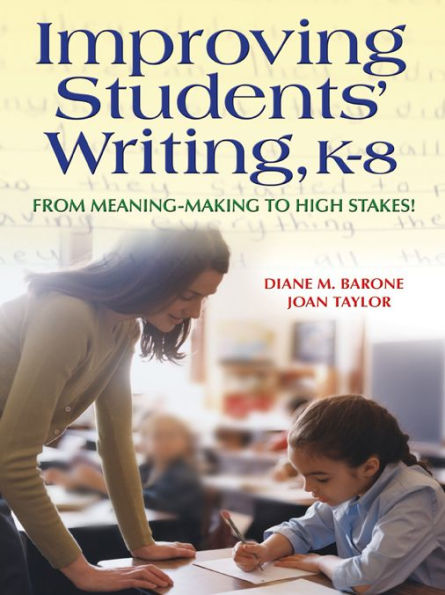Diane M. Barone is Professor Literacy Studies at the University of Nevada, Reno. In her role at the university, she teaches courses in early literacy, diversity and literacy, and qualitative research. Her research interests center on young children, especially in high poverty schools, and how they develop in literacy. Her most current study followed 16 children from kindergarten through to Grade 6 to document their literacy growth. She has been an editor of Reading Research Quarterly and has written numerous articles, book chapters, and books. Some of her recent books include Reading First in the Classroom with Joan Taylor and Darrin Hardman, Literacy and Young Children: Research-Based Practices with Lesley Morrow, Teaching Early Literacy: Development, Assessment, and Instruction with Marla Mallette and Shelley Xu, and The National Board Certification Handbook. She is also Principal Investigator for Reading First in Nevada and serves as a member of the board for the International Reading Association.
Joan Taylor is a teacher-consultant who works with teachers and students in Title I schools in the Reno/Sparks area of Northern Nevada. She recently completed a dissertation on A History of Written Composition Instruction in U.S. Elementary Schools. Her research interests, in addition to historical and current perspectives on writing instruction, are focused on exploring teachers′ stories on learning and teaching.
She has been a long-time middle school teacher in Washoe County Schools. She is also Nevada State Networks Writing Project Co-Director, and during the past several years has authored a number of federally funded state literacy grants from the U.S. Department of Education totaling approximately $53 million. These include the Nevada Reading Excellence Act and Nevada Reading First grants.



